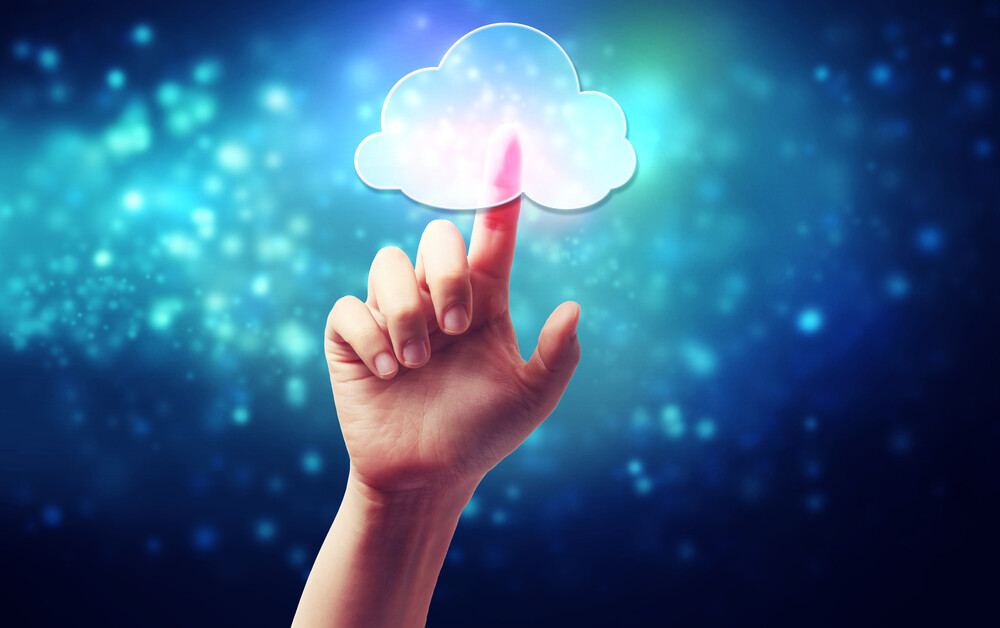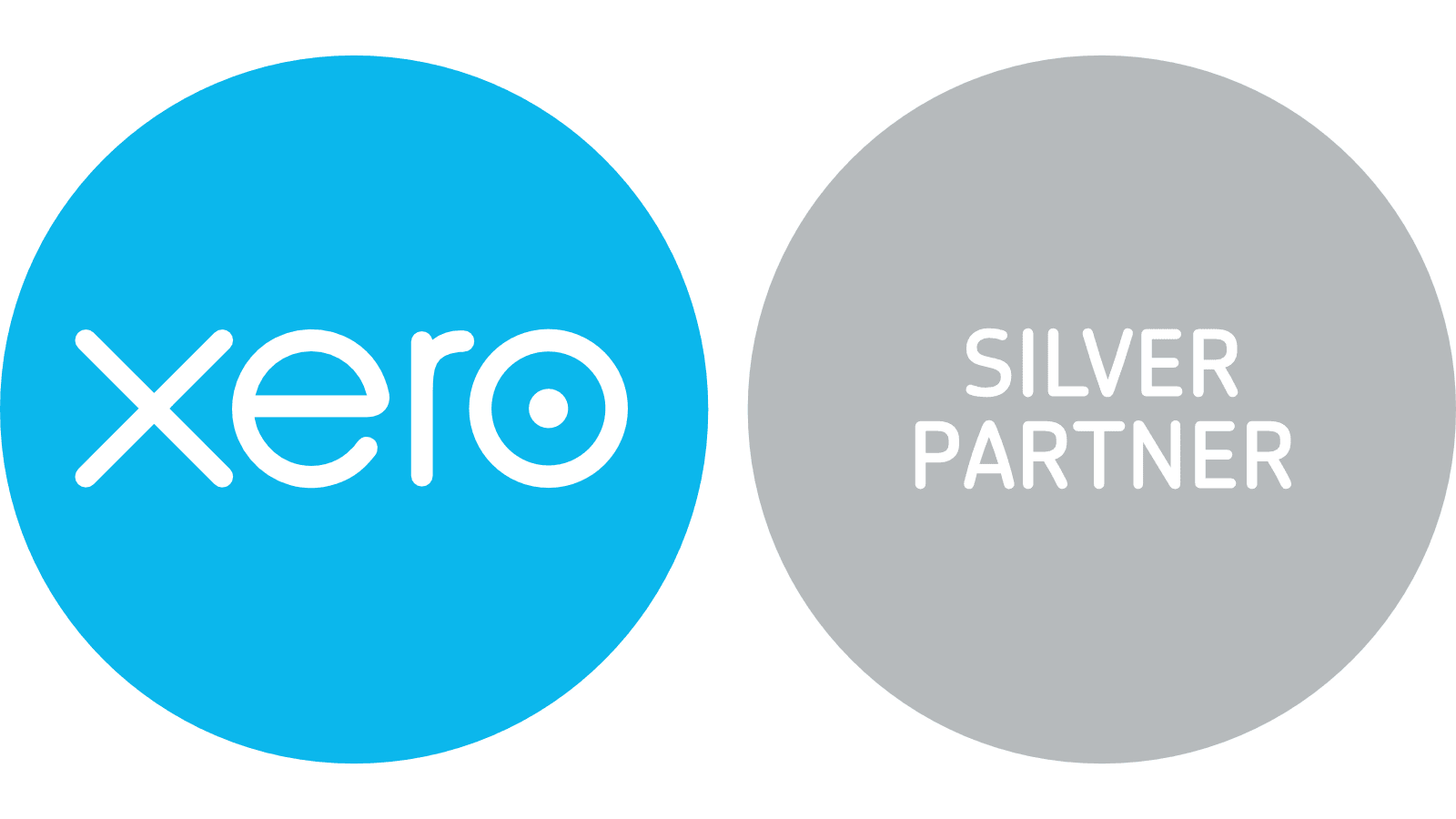Are you ready for the changes to the flat rate scheme?
Do you spend a low amount on goods and use the flat rate scheme? If so you may need to pay the new 16.5% rate when the changes to the VAT flat rate scheme come into force on 1 April 2017.
To check if you need to pay the higher rate you need to look at your accounts, every time you do a return, and work out if the amount you spend on goods(including VAT) is;
- Less than than 2%of VAT inclusive turnover
- More than 2% of VAT inclusive turnover but less than £1,000per year.
If you fail either of these tests then you are classed as a Limited Cost Trader and must use the new flat rate percentage of 16.5% from 1 April 2017
Goods must be only used in your business and don’t include
- capital items (things like computers, printers, mobile phones, etc)
- vehicles, vehicle parts and fuel (unless you are a transport business) or
- food and drink consumed by the business
- Services!
See HMRC Notice 733 section 4.6 for a detailed list of what is in and out.
If goods are partly for business and partly for home they are also not included in the calculation. HMRC give an example of printing cartridges used in a home office
So lets look at three scenarios
Business A has a turnover of £100,000. VAT inclusive costs are £25,000 per year.
- Take £25,000 / £100,000 = 2.5%
- Costs are more than 2% so Business A uses their normal flat rate percentage.
Business B has a turnover of £100,000. VAT inclusive costs are £15,000 per year
- Take £15,000 / £100,000 = 1.5%
- Costs are less than 2% so Business B uses new rate of 16.5% from 1 April 2017.
Business C has a turnover of £30,000. VAT inclusive costs are £900 per year
- Take £900 / £30,000 = 3%
- Costs are more than 2% but less than £1,000 so Business C uses new rate of 16.5% from 1 April 2017
HRMC give examples of what are relevant goods and what aren’t;
Examples of relevant goods
This isn’t an exhaustive list
- stationery and other office supplies to be used exclusively for the business
- gas and electricity used exclusively for your business
- fuel for a taxi owned by a taxi firm
- stock for a shop
- cleaning products to be used exclusively for the business
- hair products to use to provide hairdressing services
- standard software, provided on a disk
Examples of supplies that aren’t relevant goods
This isn’t an exhaustive list
- accountancy fees, these are services
- advertising costs, these are services
- an item leased/hired to your business, this counts as services, as ownership will never transfer to your business
- food and drink for you or your staff, these are excluded goods
- fuel for a car this is excluded unless operating in the transport sector using your own, or a leased vehicle
- laptop or mobile phone for use by the business, this is excluded as it is capital expenditure see paragraph 15.1
- anything provided electronically, for example a downloaded magazine, these are services
- rent, this is a service
- software you download, this is a service
- software designed specifically for you (bespoke software), this is a service even if it is not supplied electronically
It's worth looking at leaving the flat rate scheme if you pay VAT on services as you can claim the VAT under the standard VAT calculation method.
Please note that the 16.5% is the amount paid on total sales. VAT on your sales are still charged to customers at 20%.
If you need any help working out if you are a Limited Cost Trader email michelle@gregoryaccounting.co.uk


